How to propagate begonias – for more pretty plants both indoors and out
Whether you're growing them in hanging baskets or as houseplants, propagating begonias is easy to try at home
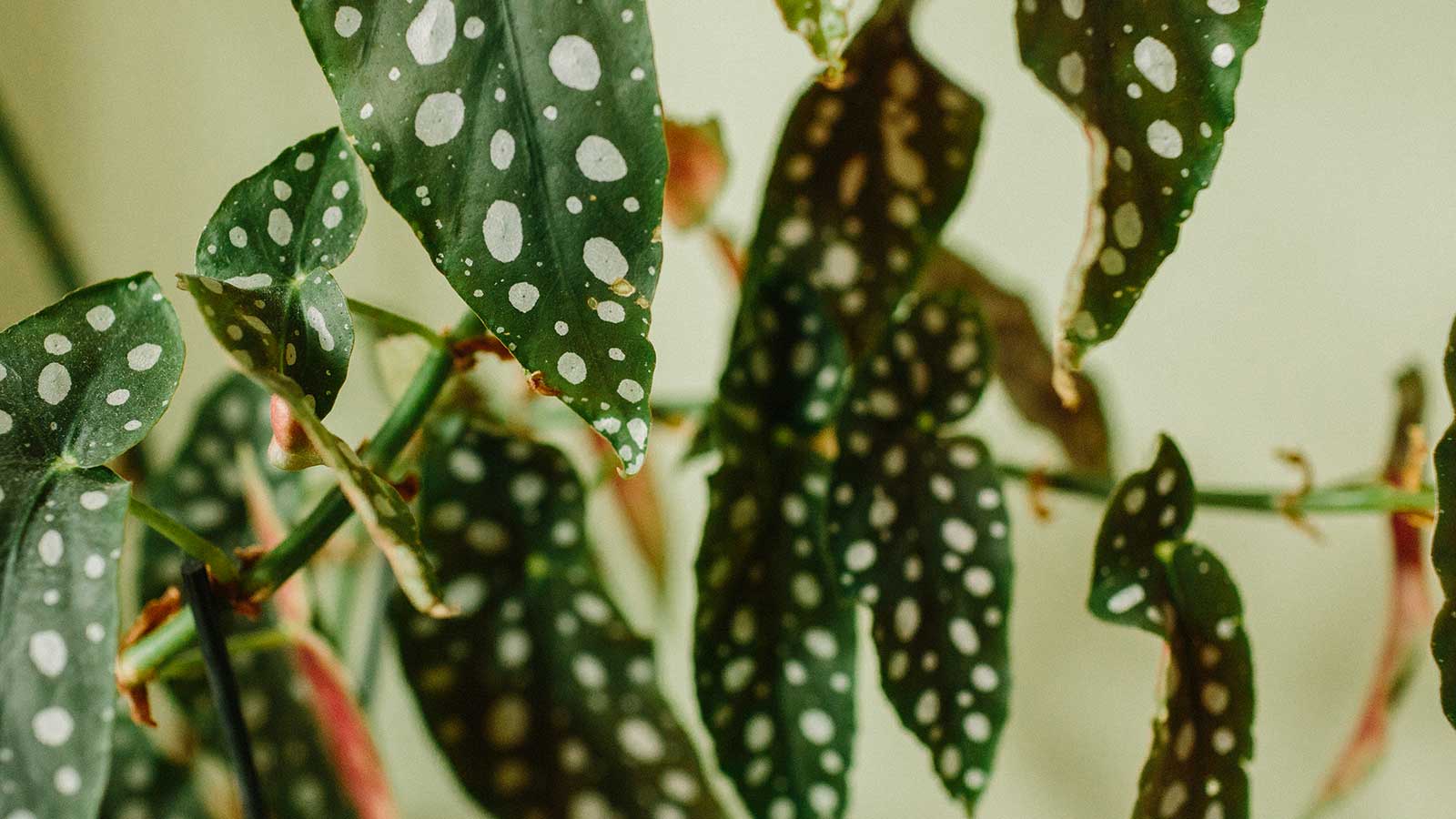

Q: I have a couple of begonias in my houseplant collection and I'm interested in propagating them. What's the best method to do so?
A: Whether you're growing begonias indoors or out, there are a few different approaches to propagating them. Most varieties will propagate successfully from leaf cuttings (taken in early summer) or stem cuttings (taken in spring). Tuberous varieties of begonia can also be propagated via springtime division.
The good news is that all are relatively straightforward, and will reward you with more of these luscious plants for free.
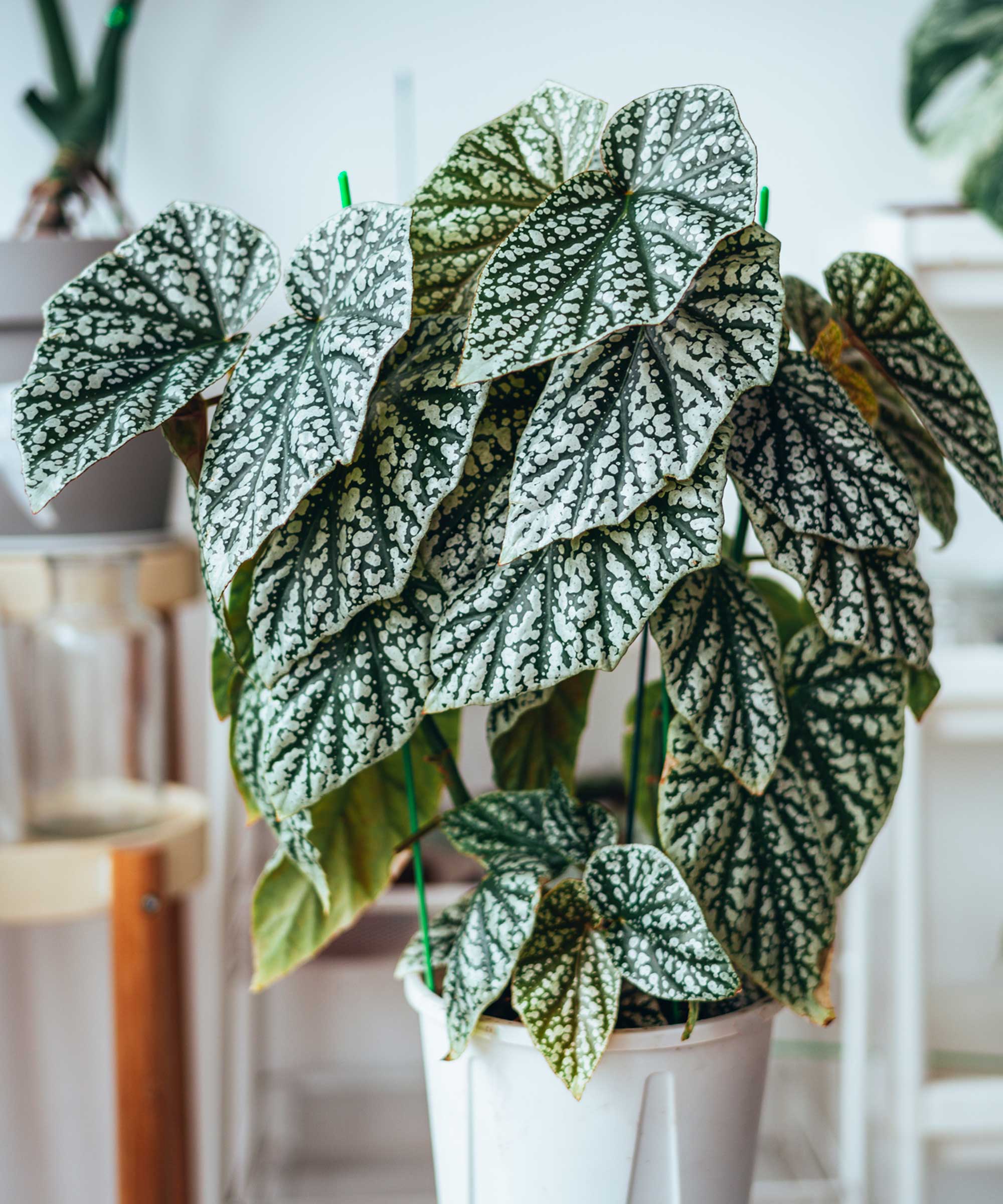
Begonias make a striking addition to the home
How to divide begonias by taking leaf cuttings
Taking plant cuttings in this way may seem unusual, but it's a good option for many types of indoor begonias grown for their attractive foliage, such as Begonia rex. 'You can use an entire leaf or sections,' says gardening expert Tony O'Neill. 'If using sections, ensure each has a main vein.'
- 'Start with a healthy begonia – ideally mature and disease-free,' says Tony.
- 'Fill a pot with a mix of perlite and peat moss. Ensure the pot has good drainage,' he adds.
- Remove a newly mature leaf using a pair of clean and sharp pruners or scissors.
- Cut off the stalk, then make small cuts through the main veins, each about 1in apart, advises the Royal Horticultural Society. This encourages root development, Tony explains.
- Place the leaf, vein-side down, on the prepared potting mix. 'Use pins to secure the leaf to the soil,' Tony says.
- Water lightly, and place the pot in a location with bright, indirect light, Tony continues. 'Consider using a plastic cover or bag to create a mini greenhouse effect, which maintains humidity.'
'You should see new growth in a few weeks to a couple of months, indicating successful propagation,' Tony says.

Tony O'Neill is an accomplished gardening expert, author, and educator. With a passion for simplifying gardening practices, he has inspired a wide audience through his popular YouTube channel and website SimplifyGardening.com. Tony's expertise empowers individuals to cultivate thriving gardens and connect with nature.
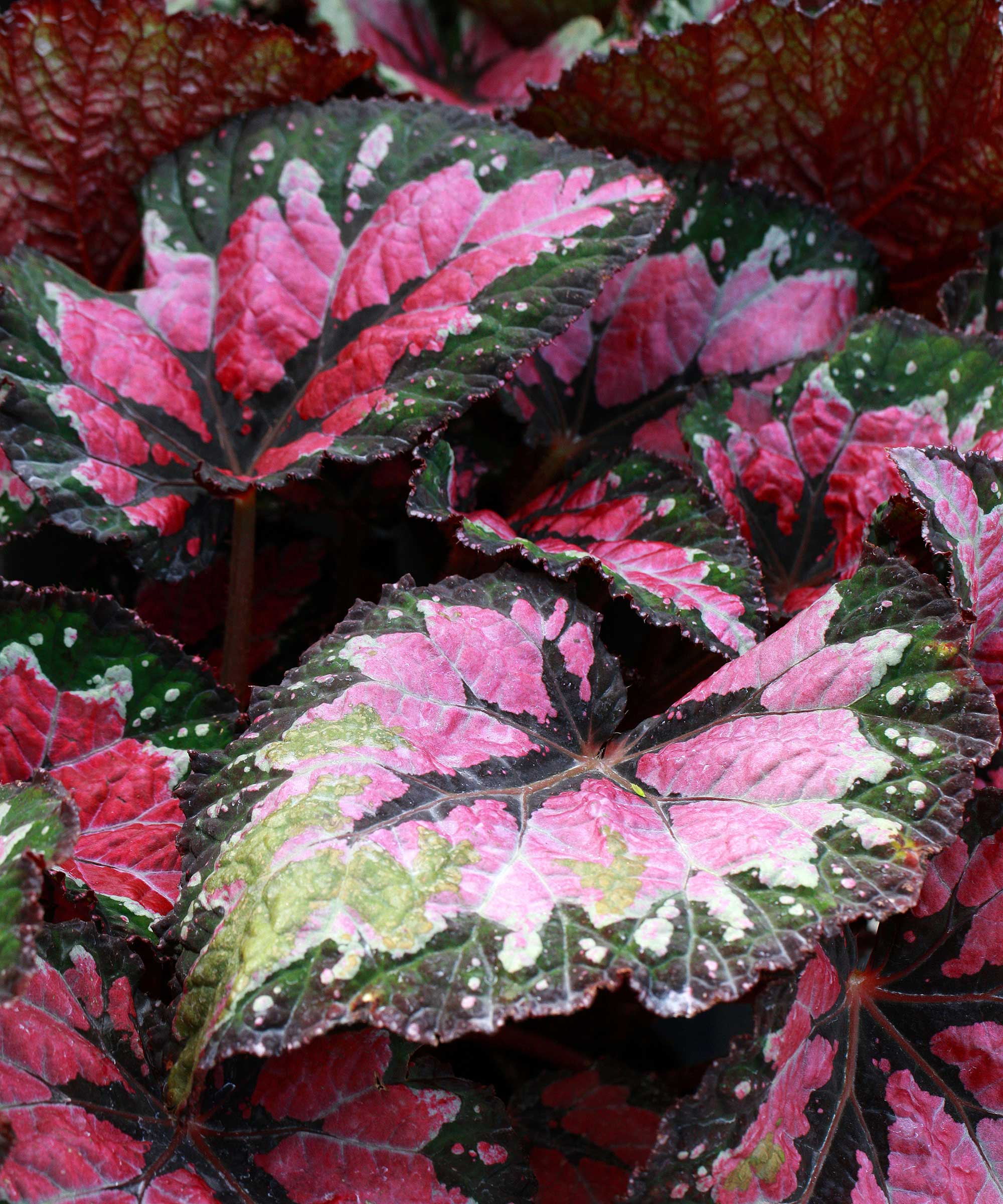
Rex begonias can be propagated from a single leaf
How to divide begonias by taking stem cuttings
Taking stem cuttings is a popular method of propagation used for many plants, including rubber plants, monstera, and pothos. The technique can also be used for begonias – it's simple once you know how:
- 'Cut a healthy stem below a leaf node, ideally 3-4 inches long,' says Tony.
- 'Remove the lower leaves, keeping 1-2 leaves at the top,' Tony continues.
- Insert the stem into a pot of well-draining potting soil. Bury about half of it, he instructs.
- As with propagation by leaf cuttings, water it lightly, then place it somewhere warm with good, but not direct, sunlight.
'You should continue watering the cutting once the top half of the soil dries out,' says Vladan Nikolic, a houseplant expert. 'The new roots will form in 2-3 weeks.
'To check if the roots have formed, you can gently tug on the stem of the cutting,' he adds. If they have, you will feel a bit of resistance.
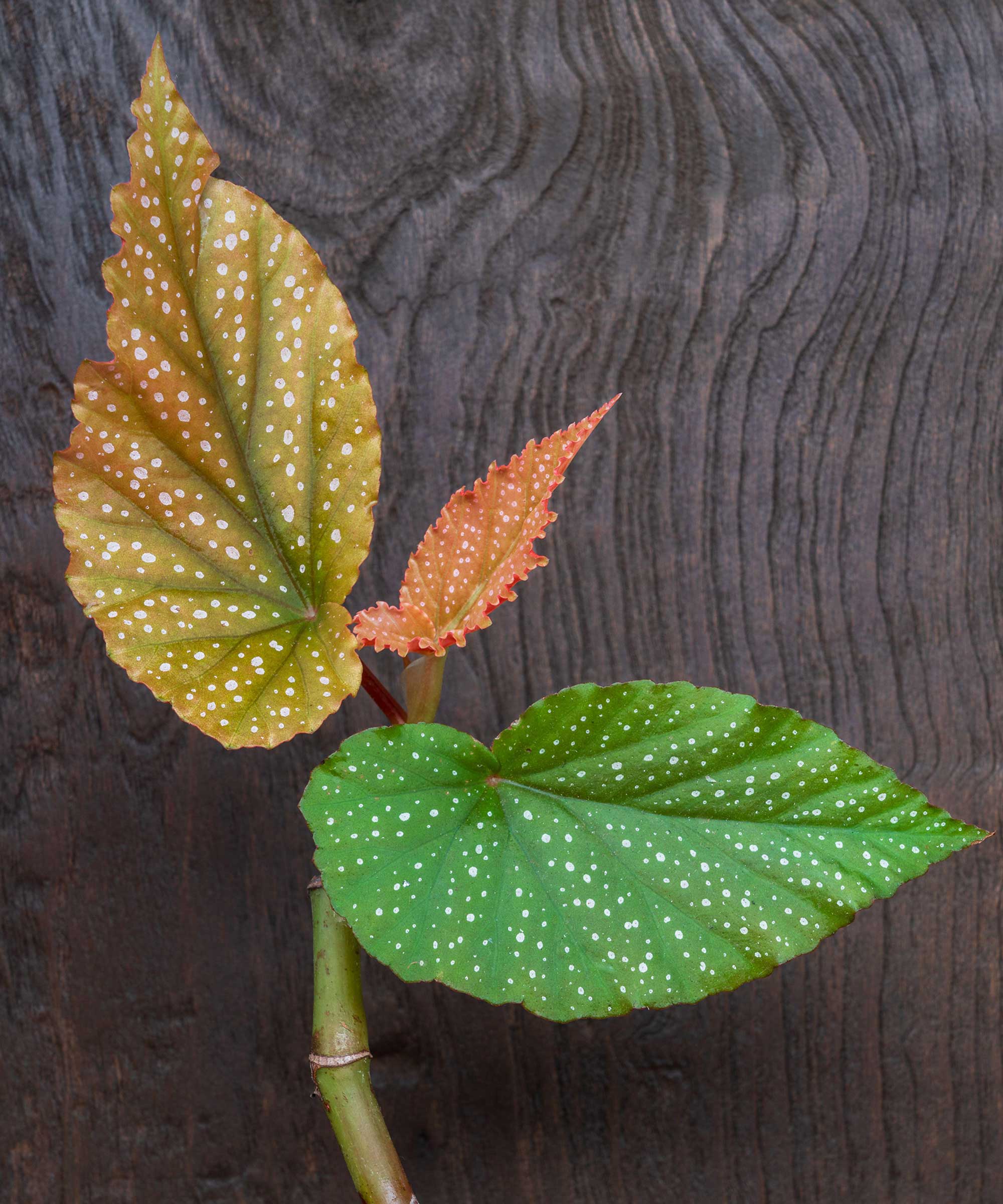
Stem cuttings can be potted up into soil
How to propagate begonias by division
Many begonias grown outdoors are of the tuberous variety. Once growth is underway, in spring, these can often be divided to make new plants. Gardening expert John Negus shares his step-by-step tips:
- Take a sharp knife, making sure it is sterilized, then slice the tubers into sizeable sprouted sections.
- Dust the cut edges with rooting powder (such as the Bonide Bontone II Rooting Powder from Amazon, which is well-rated).
- Leave the wounds to dry for half a day to discourage any infection from developing.
- Plant the tuber portions, setting them crater-side upwards into seed trays of gritty potting compost. Water them in and speed growth at a temperature of around 61°F.

John has been a garden journalist for over 50 years and regularly answers readers' questions in Amateur Gardening magazine. He has also written four books and has delivered many talks over the years on horticulture.
Top tip: Division is a useful way to make other plants for free, including many outdoor perennials, and indoor spider plants and peace lilies. Just ensure each divided section has a good system of roots attached.
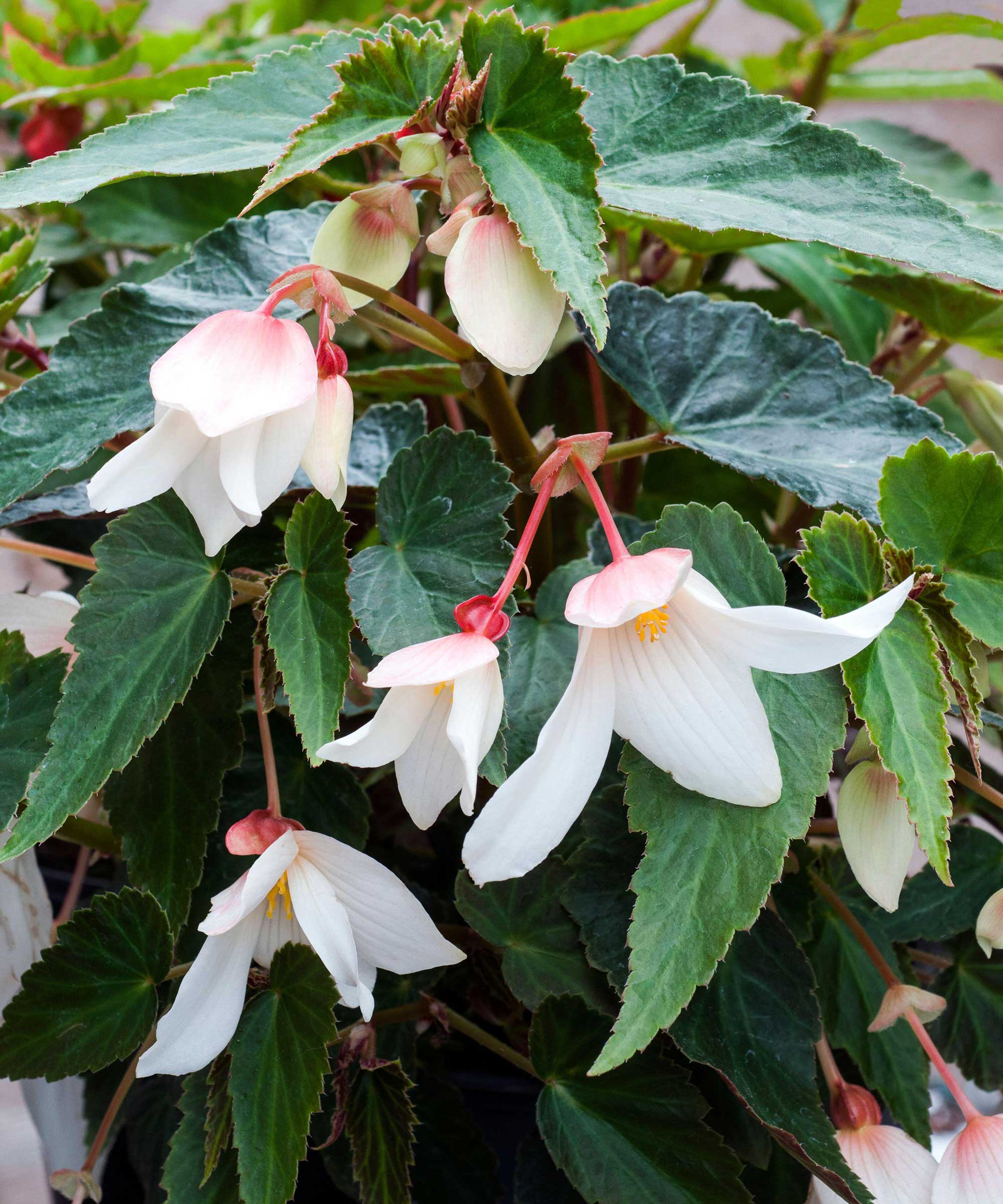
Begonia boliviensis is a tuberous variety that's ideal for hanging baskets
FAQs
Can you propagate begonias by seed?
Some types of begonias, including wax begonias, can be propagated by seed, but be aware that the seeds are extremely tiny.
Sow them on the surface of seed compost (such as Espoma's Organic Seed Starter Premium Potting Soil Mix from Amazon) in trays in late winter to early spring. Cover them with a clear plastic bag, plastic wrap, or a humidity dome, and mist if necessary to prevent the soil from drying out. Keep them warm with good light, then carefully pot them on when they're large enough to handle.
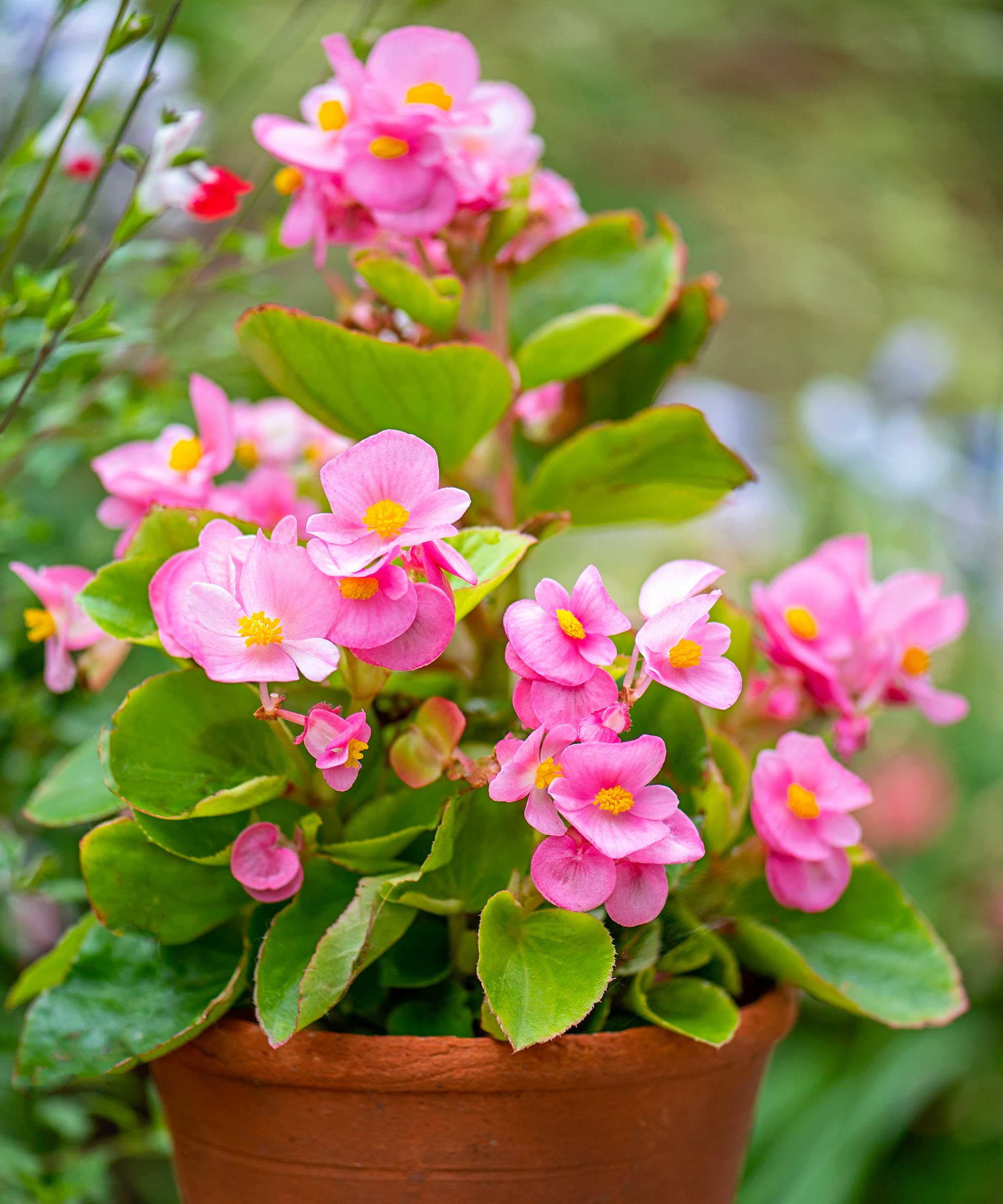
Begonia semperflorens, or wax begonias, can be grown from seed
Can you propagate begonias in water?
If you're choosing to propagate your begonias from stem cuttings, it's possible to put them into small jars of clean water rather than soil. This is a fun way to watch the roots as they establish. Just be sure to avoid the common water propagation mistakes for the best chances of success.
'New roots will form after 2-3 weeks in optimal conditions,' says houseplant expert Vladan Nikolic. When the roots grow to 2-3 inches, it’s time to plant the stem cutting into soil, he adds.
Once you've had a go at propagating begonias, why not make more of your other houseplants, too? Aloes and succulents are particularly easy choices to try. You'll soon have lots of beautiful new plants to add to your interior scheme – and any extras make great gifts.
Sign up to the Homes & Gardens newsletter
Design expertise in your inbox – from inspiring decorating ideas and beautiful celebrity homes to practical gardening advice and shopping round-ups.

Holly started writing about gardening five years ago, and she is a regular contributor to Homes & Gardens. She has also written many gardening features for Woman & Home and Real Homes, too. She has previous experience as a professional gardener, where she helped to plant and maintain private gardens. Holly has also looked after allotment plots over the years and loves to grow her own flowers and veggies from seed. In her spare time, she enjoys visiting local gardens, botanical drawing, and tending to her ever-growing collection of houseplants.
-
 Emily Blunt gifted Cillian Murphy this $545 pillow – she's 'obsessed' with these luxury pillows, and frankly, so are we
Emily Blunt gifted Cillian Murphy this $545 pillow – she's 'obsessed' with these luxury pillows, and frankly, so are weThe Oppenheimer stars sleep on this ultra-luxe goose down pillow – here's why we love it – plus our affordable alternatives from $35
By Sophie Edwards Published
-
 The great bedding debate: top sheet vs no top sheet − which side are you on?
The great bedding debate: top sheet vs no top sheet − which side are you on?I asked an expert panel of bedding designers whether you really need a top sheet to keep clean and cool or if it's just another ploy to make you spend money
By Emilia Hitching Published